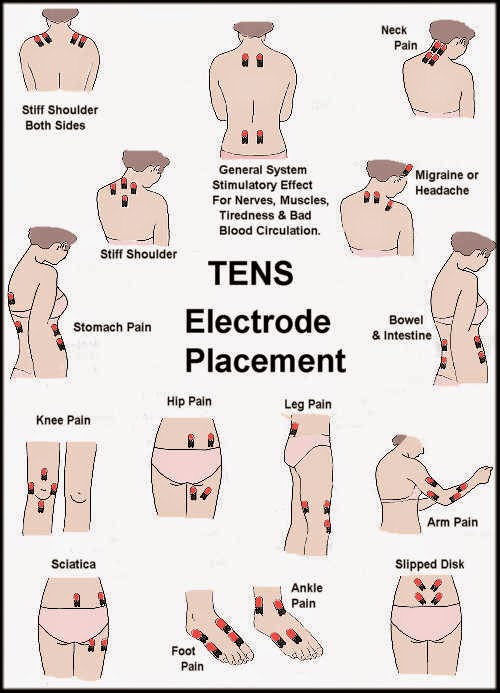Helpful
Hints and Tips during Study Time
The annual ‘Exam Season’ has officially kicked
off with almost 60,000 Leaving Cert students tackling the Oral Examinations in
the last few weeks. In this blog our Chartered Physiotherapist in New Bridge,
Co. Kildare, Ronan Buckley, gives us his tips on how to avoid exams becoming
more of a pain than they need to!
Whether you are studying
for the Leaving, college exams or getting stuck into your Thesis, the coming
weeks will probably involve spending long nights hunched over books and
computers, surrounded in sheets of A4 paper and cups of tea.
The tips below are
designed to insure you’re not physically as well as mentally drained by the
time summer holidays come around.
Organize
Your Environment:
Chair:
Get yourself a chair that
is comfortable but not too comfortable!! Recent studies have shown that slight
amounts of muscular tension increase efficiency and accuracy in mental work. A
chair which promotes good posture is a better choice than a recliner or
waterbed!!
A good posture when
sitting would involves:
Feet flat on the ground.
Hips level or slightly above knees. Back supported by back rest – if it isn’t
roll up a towel to fill the gap Forearms should be supported by either the arm
rests or the desk, but your shoulders should not be forced up towards your
ears.
Desk:
The height of your desk should be such that
your elbow is just below the desk top when writing. If using a computer, the
middle row of the keyboard should be in line with your elbow, meaning your
forearms are parallel to the floor. If writing, try and use a writing slope.
This keeps your head upright and encourages spinal balance. If taking notes
keep the book within your field of vision.
Breaks:
Make sure to take regular
breaks (at least every hour). Get up, walk around, do a few stretches, get the
blood circulating. At the end of the day humans are built to move. No matter
how much attention we pay to sitting posture, sustained static positions cause
muscular imbalances, pain and stiffness. So when your mum is giving you grief
that you’re on yet another break – tell her you’re following physio advice!
Listen To Your Body:
Before you develop
problematic posture related pains, there will of course be some alarm bells– so
listen to them!! That ache in your back isn’t going to go away unless you
change something. Make adjustments to your environment, take more breaks or
come and see your local physiotherapist because preventing injuries
is a lot easier then healing them.
OK thanks for reading,
but it’s time to stop surfing the net and go back to the books now…..or maybe
you should check facebook again, just for five more minutes…..!?!
Below
is a posture-check that you should try to adhere to. Good luck in your exams,
the finish line is in sight!!


.jpeg)

.jpg)









.jpg)

.jpg)

.jpg)








.png)
